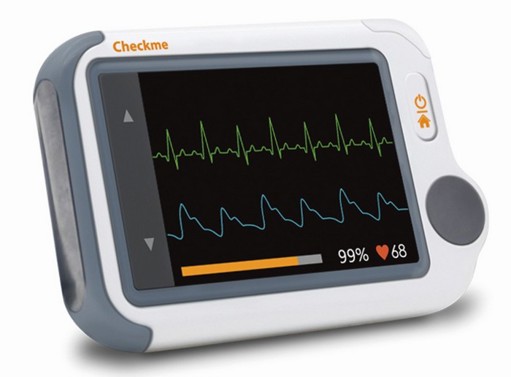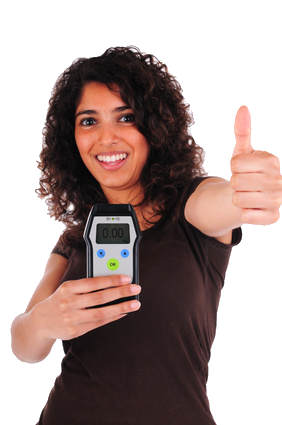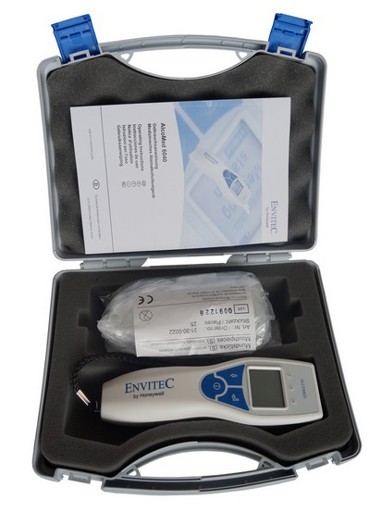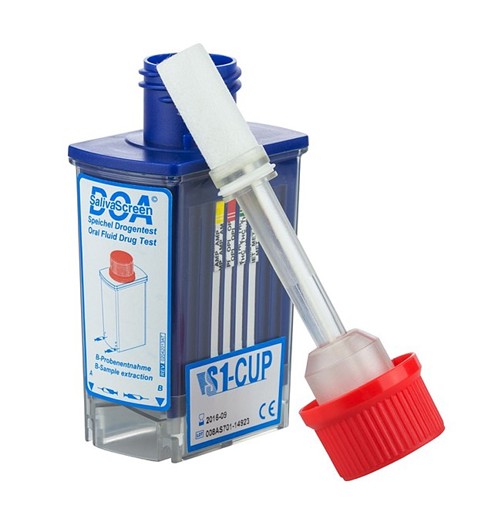General knowledge about SpO2 measurements
Background knowledge on SpO2 measurements
1. meaning of SpO2
SpO2 is the percentage of oxygen saturation in the blood, i.e. the oxygen
concentration. This value is determined by the percentage of oxyhemoglobin
(HbO2) relative to total hemoglobin in arterial blood. SpO2 is an important
physiological parameter when checking respiratory function. The value is
calculated by the following formula:
SpO2 = HbO2/ (HbO2 +Hb)×100%.
HbO2 stands for oxyhemoglobin (oxidized hemoglobin); Hb
refers to the hemoglobin that releases oxygen.
2. measurement
principle
Based on the Lamber-Beer law, the light absorption of a given substance is
directly proportional to its density or concentration. When light at certain
wavelengths strikes human tissue, the measured intensity of the light,
influenced by reflection and attenuation, after absorption, provides
information about the structure of the tissue through which the light has
passed. Accordingly, HbO2 and Hb have different absorption values in the light
spectrum from red to infrared (600nm - 1000nm wavelength). These characteristics
can be used to determine the SpO2 value.
Clinical application of pulse oximeter:
SpO2 is an important physiological parameter in checking respiratory function,
so monitoring SpO2 values is increasingly used in clinics, especially in
patients with serious respiratory diseases, anesthetized patients during
surgery, premature infants and neonates. A poor SpO2 value can be measured in a
timely manner so that hypoxia is detected more quickly. This effectively
prevents deaths from hypoxia or at least reduces their number.
3. confounding factors that reduce the accuracy of SpO2
measurement.
- Intravascular dyes such as indocyanine green or methylene blue.
- Extreme illumination, for example, from surgical lamps, bilirubin lamps.
fluorescent lights, infrared heating lights, or direct sunlight - Vascular dyes
or externally used color products, such as nail polish or coloring skin care
products
- Extreme patient movement - Placement of the device on limbs where a blood
pressure cuff or arterial catheter has already been placed or intravascular
access has been established.
- Being exposed to a chamber containing high-pressure oxygen.
- Arterial occlusion near the sensor
- Contraction of the blood vessels due to peripheral hyperkinesis or a drop in
body temperature
4. pathological factors triggering a low SpO2 reading
- Hypoxia, functional deficiency of HbO2
- Pigmentation or abnormal oxyhemoglobin level.
- Abnormal oxyhemoglobin fluctuations
- Methemoglobin disease - sulfhemoglobinemia or arterial occlusion near sensor
- obvious venous
ulsation
- Weak peripheral arterial pulse beat - Insufficient peripheral blood supply

































